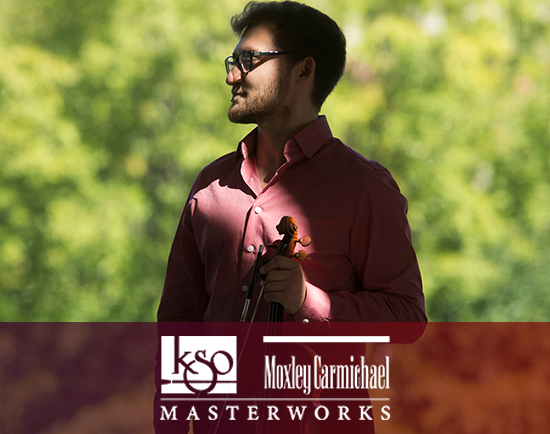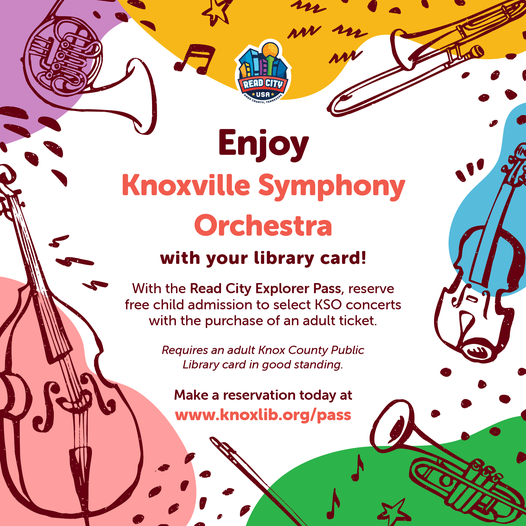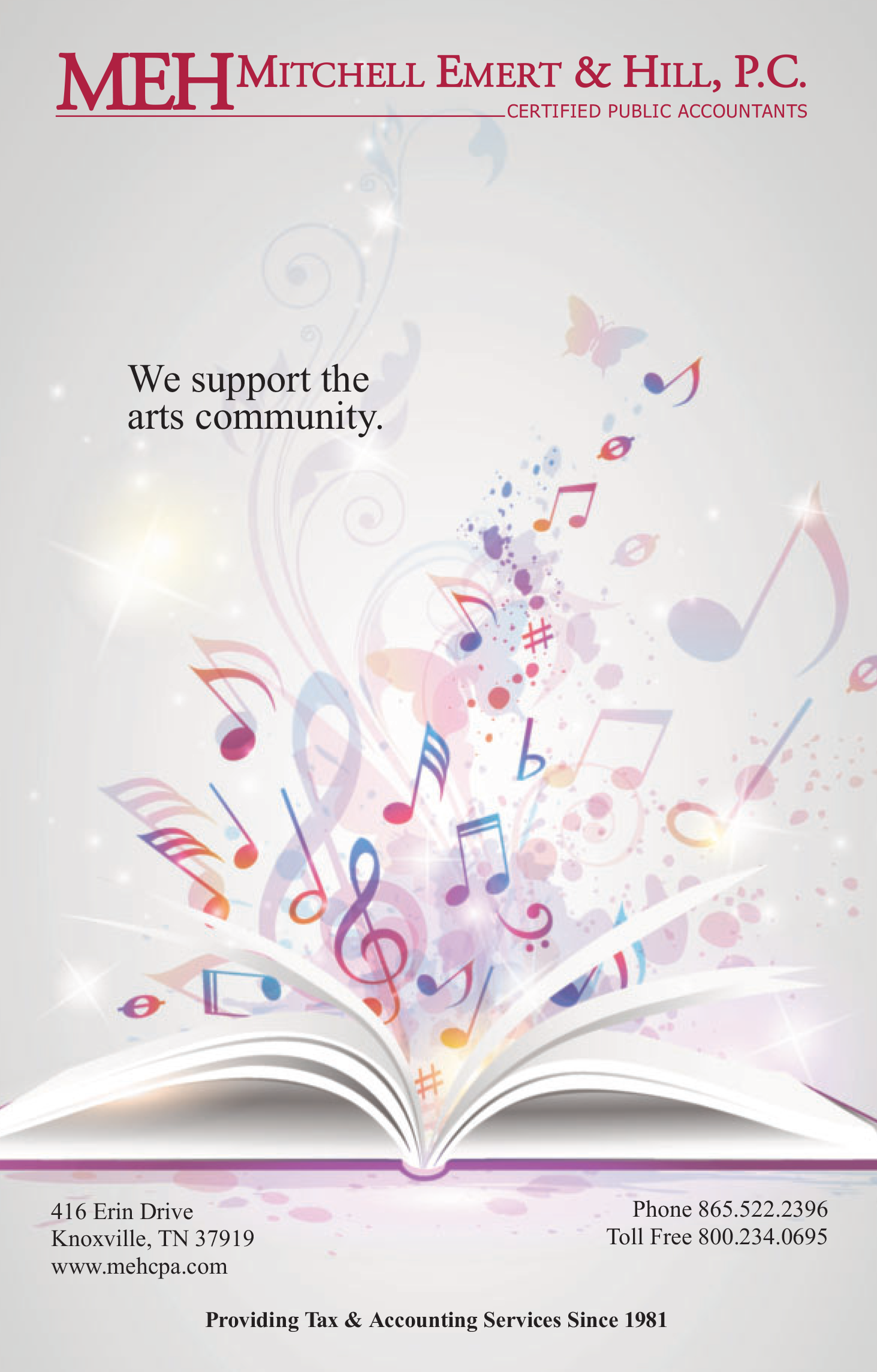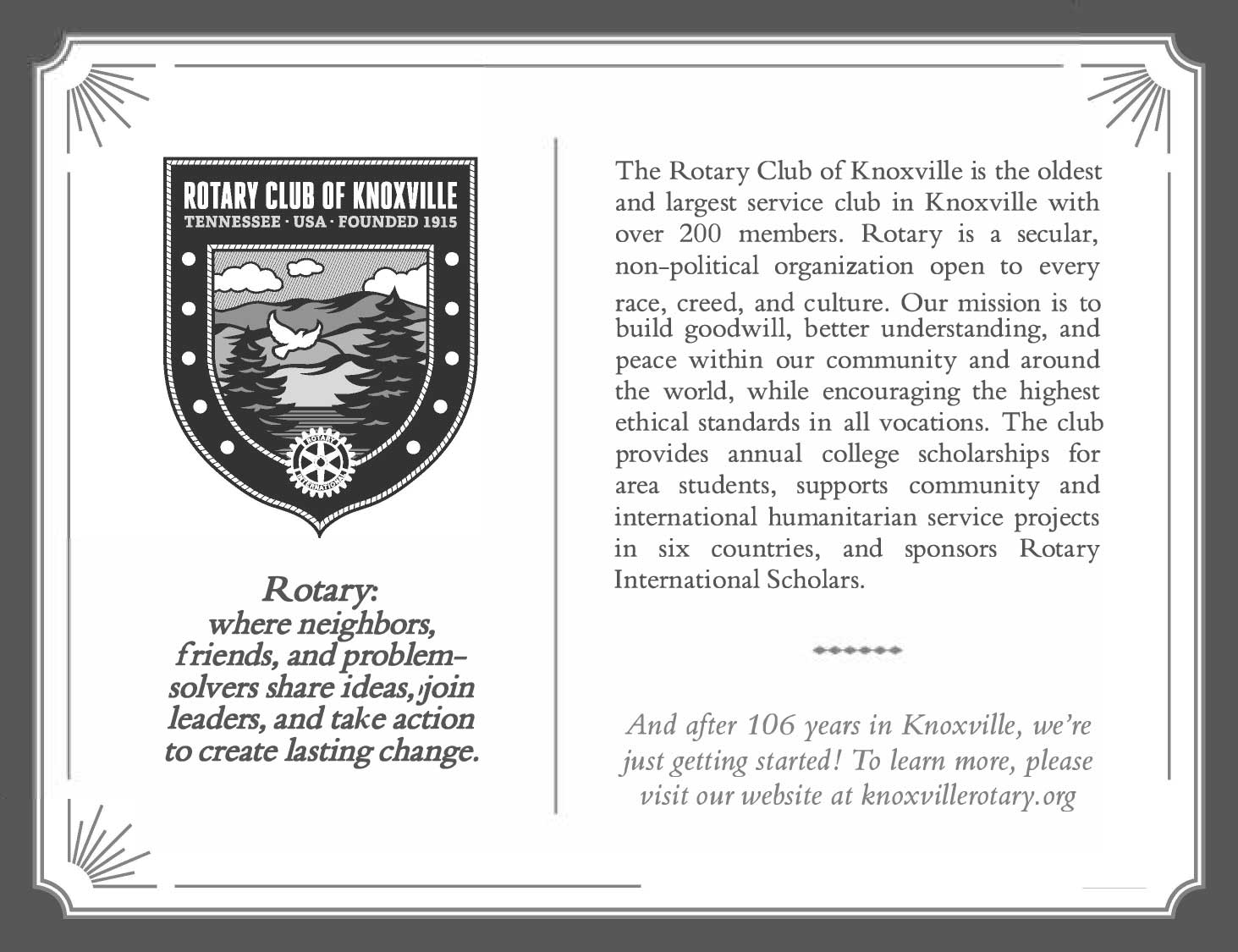
La valse, Choreographic Poem for Orchestra (1920)
Maurice Ravel was born in Ciboure, Basses-Pyrénées, France, on March 7, 1875 and died in Paris, France, on December 28, 1937. The first performance of La valse took place in Paris on December 12, 1920, with Camille Chevillard conducting the Lamoureux Orchestra. La valse is scored for piccolo, three flutes, three oboes, English horn, two clarinets, bass clarinet, two bassoons, contrabassoon, four horns, three trumpets, three trombones, tuba, timpani, orchestra bells, triangle, snare drum, tambourine, castanets, tam-tam, cymbals, suspended cymbal, crotale in C, bass drum, two harps, and strings. Approximate performance time is twelve minutes.
Maurice Ravel completed La valse in early 1920. Sergei Diaghilev, Director of the Ballets Russes, agreed to stage La valse as part of the upcoming summer season. Previously, Diaghilev’s company had presented the world premiere of the composer's Daphnis et Chloé (1912).
In the spring of 1920, Ravel and Marcelle Mayer performed the composer’s two-piano version of the score for an audience that included Diaghilev, Francis Poulenc, Igor Stravinsky, and choreographer Léonide Massine. According to Poulenc, once the performance concluded, Diaghilev commented: “Ravel, it’s a masterpiece...but it’s not a ballet...It’s the portrait of a ballet...the painting of a ballet.” Ravel calmly gathered his manuscript and left the room. He and Diaghilev never again worked together.
The premiere of La valse, a “Choreographic Poem for Orchestra,” took place in Paris on December 12, 1920, as part of the Concerts Lamoureux, with Camille Chevillard conducting. The first ballet staging of La valse took place several years later.
In his score, Ravel provided a brief choreographic argument for La valse:
Through whirling clouds, waltzing couples may be faintly distinguished. The clouds gradually scatter: one sees an immense hall filled with a swirling throng.
The stage is gradually illuminated. The light of the chandeliers reaches its peak at the fortissimo.
An imperial court, about 1855.
Ravel also offered the following insights during interviews conducted in 1922 and 1924:
It is a dancing, whirling, almost hallucinatory ecstasy, an increasingly passionate and exhausting whirlwind of dancers, who are overcome and exhilarated by nothing but “the waltz.”
Some people have seen in this piece the expression of a tragic affair; some have said that it represented the end of the Second Empire, others said that it was postwar Vienna. They are wrong. Certainly, La valse is tragic, but in the Greek sense: it is a fatal spinning around, the expression of vertigo and of the voluptuousness of the dance to the point of paroxysm.
Program Notes by Ken Meltzer
Concerto for Violin and Orchestra, Opus 14 (1940)
Samuel Barber was born in West Chester, Pennsylvania, on March 9, 1910, and died in New York on January 23, 1981. The first performance of the Violin Concerto took place at the Academy of Music in Philadelphia, Pennsylvania, on February 7, 1941, with Albert Spalding as the violin soloist and Eugene Ormandy conducting the Philadelphia Orchestra. In addition to the solo violin, the Concerto is scored for piccolo, two flutes, two oboes, two clarinets, two bassoons, two horns, two trumpets, timpani, snare drum, piano, and strings. Approximate performance time is twenty-five minutes.
The Concerto for Violin and Orchestra was the first major commission for Samuel Barber. Samuel Fels, a wealthy American businessman who served on the board of trustees of Barber’s alma mater, the Curtis Institute of Music in Philadelphia, offered the commission in the spring of 1939. Fels intended the Concerto to serve as a vehicle for his protégé, the young Odessa-born violinist Iso Briselli.
Artistic disagreements arose between Barber and Briselli. And so, Iso Briselli did not perform the premiere of the Barber Violin Concerto. That honor went to the renowned American violinist, Albert Spalding. On February 7, 1941, Spalding, accompanied by Eugene Ormandy and the Philadelphia Orchestra, gave the first performance at the Academy of Music.
Barber was dissatisfied with what he viewed as “an unsatisfactory climax in the (second movement) and some muddy orchestration in the finale.” In 1948, Barber penned revisions to the Concerto, which, in the composer’s view, made the work “much improved.” The final version was published in 1949.
The soaring lyricism of opening movements, coupled with the virtuoso fireworks of the finale, have made the Barber Violin Concerto one of his most popular works, for violinists and audiences alike.
The Concerto’s opening movement (Allegro) features two principal themes, the first lengthy and flowing, the second having a decidedly Scottish flavor. The lyrical slow-tempo movement (Andante) includes a more agitated central sequence. The finale (Presto in moto perpetuo) is a virtuoso tour-de-force for the soloist from start to finish.
Program Notes by Ken Meltzer
The Block (2018)
Carlos Simon was born in Washington, DC, on April 13, 1986. The Block is scored for two flutes, two oboes, two clarinets, two bassoons, two horns, two trumpets, two trombones, tuba, timpani, percussion (three players), harp, piano, and strings. Approximate performance time is six minutes.
Carlos Simon, born in Washington, DC, and raised in Atlanta, GA, is a Kennedy Center for the Performing Arts’ Composer-In-Residence, and member of the faculty of Georgetown University’s Department of Performing Arts. In 2021, Simon received the Sphinx Medal of Excellence, the highest honor given by the Sphinx Organization, devoted to the recognition of gifted Black and Latinx musicians. In 2018, Simon was named a Sundance/Time Warner Composer Fellow. Other awards and recognitions include Composer Fellow at the Cabrillo Festival for Contemporary Music, the American Composers Orchestra’s Underwood Emerging Composer Commission, the Marvin Hamlisch Film Scoring Award, and the Presser Award from the Theodor Presser Foundation.
Simon’s brief orchestral work The Block is a tribute to the work of the African American visual artist Romare Bearden (1911-1988). In particular, The Block focuses on Bearden paintings of Harlem, where the artist spent so much of his life. The Block evokes six Bearden paintings “that highlight different buildings (church, barbershop, nightclub, etc.) in Harlem on one block.” Just as Bearden’s paintings incorporate a wide range of techniques and materials, Carlos Simon’s musical score features a diverse and compelling instrumental palette. Throughout, The Block teems with the joyous and vibrant life-affirming energy central to one of America’s iconic urban centers.
Pini di Roma (Pines of Rome) (1924)
Ottorino Respighi was born in Bologna, Italy, on July 9, 1879, and died in Rome, Italy, on April 18, 1936. The first performance of Pines of Rome took place at the Augusteo in Rome on December 14, 1924, with Bernardino Molinari conducting. Pines of Rome is scored for piccolo, three flutes, two oboes, English horn, two clarinets, bass clarinet, two bassoons, contrabassoon, four horns, three trumpets, four trombones, six buccine (a buccina is a curved Roman brass instrument—filicorni or flugelhorns may substitute for the buccine), timpani, glockenspiel, tam-tam, triangle, cymbals, tambourine, bass drum, two small cymbals, nightingale recording, ratchet, harp, celesta, piano, organ, and strings. Approximate performance time is twenty-three minutes.
The Pines of Rome is the second in a trilogy of orchestral tone poems (along with the 1916 Fountains of Rome, and the 1928 Roman Festivals) by Italian composer Ottorino Respighi. The premiere of Pini di Roma took place at the Augusteo on December 14, 1924, under the baton of Bernardino Molinari. The composer’s widow, Elsa Respighi, recalled:
The hall was packed, the atmosphere electric. At the end of the first part, there were protests in the form of booing and hissing which subsided with the sudden pianissimo in the second section. The audience was gripped by the second and third parts, while frantic applause such as had never been heard before in the Augusteo drowned out the last bars of the poem.
The American premiere of Pines of Rome occurred on January 14, 1926, at New York’s Carnegie Hall. Arturo Toscanini, making his debut with the New York Philharmonic, was the conductor. The next day, Respighi conducted the Philadelphia Orchestra in the same work. The composer offered this commentary on his Pines of Rome:
While in his preceding work, “The Fountains of Rome,” the composer sought to reproduce by means of tone an impression of nature, in “The Pines of Rome,” he uses nature as a point of departure, in order to recall memories and visions. The century-old trees which dominate so characteristically the Roman landscape become testimony for the principal events in Roman life.
In a preface to the score, Respighi described the four movements of the Pines of Rome (which are played without pause):
I. The Pines of the Villa Borghese
Children are at play in the pine groves of Villa Borghese; they dance round in circles, they play at soldiers, marching and fighting, they are wrought up by their own cries like swallows at evening, they come and go in swarms. Suddenly the scene changes, and
II. The Pines Near a Catacomb
we see the shades of the pine-trees fringing the entrance to a catacomb. From the depth rises the sound of mournful psalmsinging, floating through the air like a solemn hymn, and gradually and mysteriously dispersing.
III. The Pines of the Janiculum
A quiver runs through the air: the pine-trees of the Janiculum stand distinctly outlined in the clear light of a full moon. A nightingale is singing (Annotator’s note: Here, Respighi specifies that a recording of the nightingale’s song be used).
IV. The Pines of the Appian Way
Misty dawn on the Appian Way: solitary pine-trees guarding the magic landscape; the muffled, ceaseless rhythm of unending footsteps. The poet has a fantastic vision of bygone glories: trumpets sound and, in the brilliance of the newly-risen sun, a consular army bursts forth toward the Sacred Way, mounting in triumph to the Capitol.
Program Notes by Ken Meltzer















